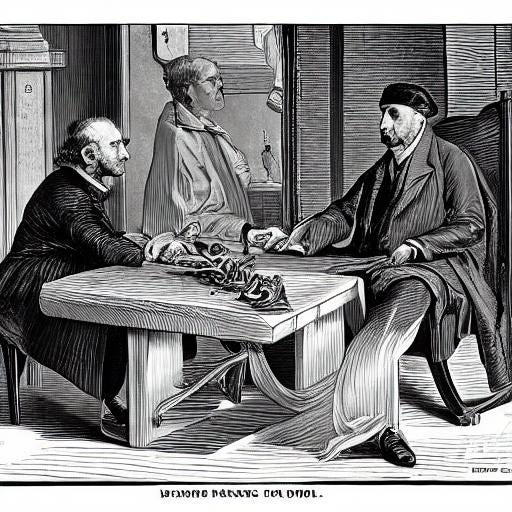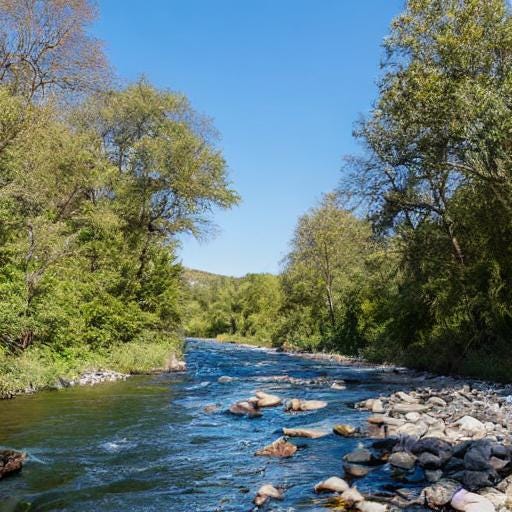Throughout his life, Leonardo da Vinci was fascinated by water, which he claimed is "the driving force of all nature." Many of his scientific discoveries, as well as his artistic creations, came precisely from learning about, discovering and imitating processes and phenomena in water. He was the first to know the idea of water erosion of the soil, he accurately described the hydrological cycle—the cycle of evaporation, condensation and precipitation, he also drew several possibilities for the use of hydraulic structures such as fountains, swamp drainage systems and the like. And that's just a brief excerpt of his discoveries.
The question is: would he have discovered something like this if, instead of sitting for hours in front of the river, he had only given a fleeting glance to this flowing water? Yes, maybe it would amaze him with its beauty, evoke memories and emotions in him, but from the point of view of creation, this crude, nameless phenomenon would disappear in its mundanity. In short: the impulses to create are hidden in observation and learning, not in sudden euphoria or simple noticing.
However, it is not only time that deepens our knowledge. A person who stares into the river for hours, but only waits, does not ask further questions, even if only for himself, does not really discover, but rather absorbs and knowledge escapes him. Da Vinci didn't become a genius because he had more time (he didn't), but because he asked more questions. In discovery, therefore, the much more fundamental question is not how long, but in what way.
In this context, I can't think of a better work to help us with than The Art of Dialogue by the Russian director and acting teacher Jurij Alschitz. Yes, dialogue is exactly what must constantly take place both between the artist and his creation, and between the finished work of art and the viewer, reader, receiver.
According to Alschitz, this dialogue must last forever, it cannot disappear. The artist in his essence cannot find a definitive answer, because the moment he finds it, any dialogue disappears and with it the entire purpose of art. "In true dialogue there is infinity," wrote Alschitz, and it is precisely this infinity that the artist needs to look for in his art. No matter how long it lasts (because everyone's time is limited), at the end there must always be a question that travels further, not an answer that closes and ends everything.
Naturally, everyone is looking for their own dialogue, which they understand, in which they feel "at home." That is why one person's work is more reminiscent of a meditative calm posture with crossed legs, and another a sharp exchange of physically demanding asanas. And that's okay. Observe, meditate, discover, ask questions. Conduct an endless dialogue with yourself and the world that connects everything and encourages you to discover further.




